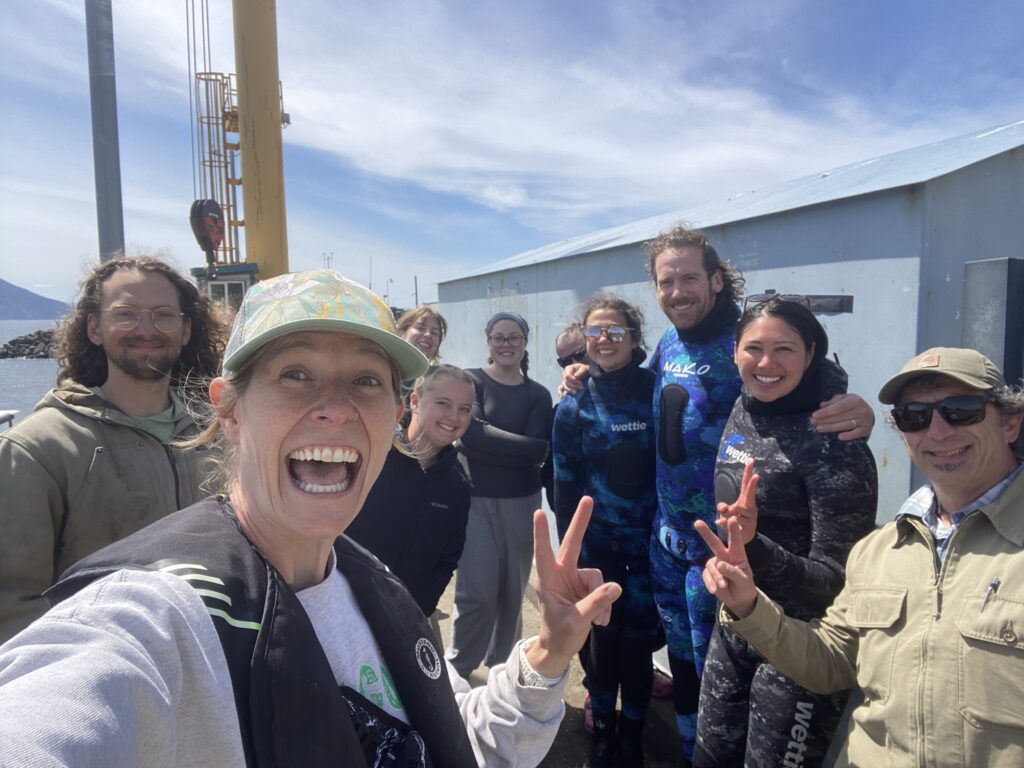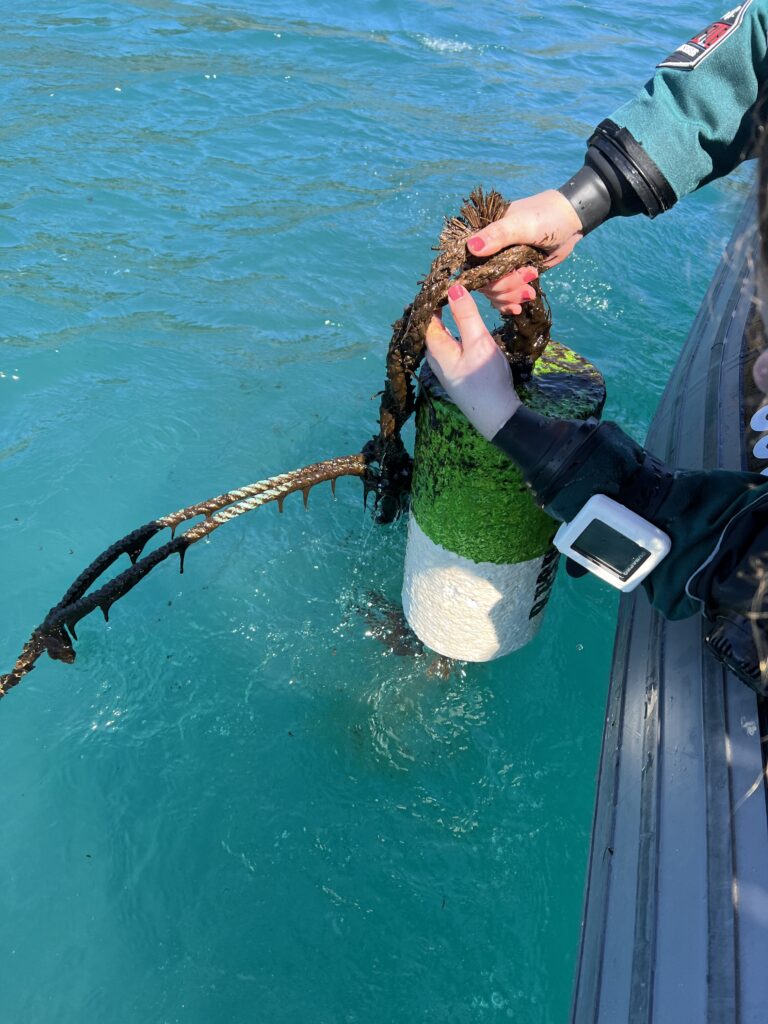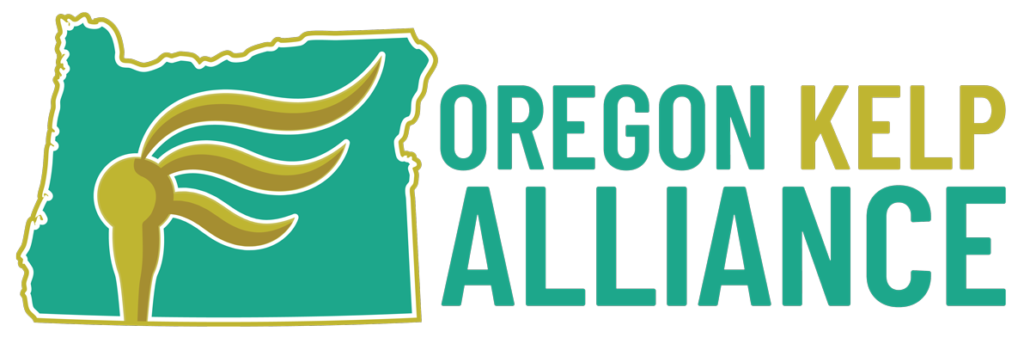
ORKA’s Restorative Mariculture Project is making significant strides along the Oregon coast, combining innovation with sustainability to address the critical loss of kelp forests. Here’s the latest update on our projects, materials testing, and restoration strategies.
Sustainable Materials Testing
Our recent pilot tests have been focusing on sustainable, biodegradable materials as alternatives to plastic. The Manila rope has proven promising, tightening up effectively after extended exposure to saltwater, making it a solid substrate for kelp spore attachment. We’ve observed some fraying at spliced sections, but this is easily managed by whipping the rope ends.
However, the mycobuoys (buoys made from mushroom-derived materials, found here!) have encountered limitations in Oregon’s energetic ocean. While initially effective, they’ve gradually absorbed water through surface cracks, causing them to lose buoyancy. They still fulfill their purpose temporarily, and because they’re entirely natural and biodegradable, their short lifespan remains low impact. We’ll continue testing until failure to determine their full potential and limits.

Mooring Design Improvements
On May 16, team members Carl and Sara dove down to inspect the pilot mariculture moorings. They found that the Manila rope absorbed water and sank directly to the bottom, which was beneficial in minimizing surface entanglement risks. However, the bottom rope sections were resting flat on the bottom, which could cause knotting, and interfere with mooring retrieval. Our solution is to introduce mid-line floats to suspend the rope segments in the water column. To achieve this sustainably, we’re exploring traditional materials like glass floats underwater and wood floats at the surface, historically prized for their buoyancy and durability in marine environments.
Stress Testing and Next Steps
The upcoming phase involves rigorous stress tests. Captain Aaron Ashdown will soon haul up the moorings, putting the Manila rope through a crab block typically used for robust synthetic crab lines. This high-tension operation will reveal how natural fibers handle intense pressure and friction when pulling heavy anchors from the seabed. These tests will significantly inform future mooring designs.
Kelp Forest Stewardship Initiative
Beyond vertical kelp moorings, ORKA is initiating an exciting restoration strategy near Port Orford through our NOAA Restoration Center funded Kelp Forest Stewardship Initiative. Here, juvenile kelps are spliced onto temporary, submerged scaffolds positioned approximately 10 feet above the seabed, deterring grazing by sea urchins. Successfully proven in northern California, these scaffolds will support kelp growth, foster habitats for marine biodiversity, and contribute to natural kelp forest restoration by distributing reproductive spores each season.
Commitment to Marine Restoration
Through these innovative mariculture techniques and continuous restoration experimentation, ORKA remains deeply committed to ocean restoration, sustainability, and revitalizing healthy marine ecosystems along
